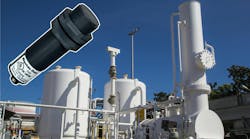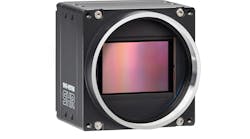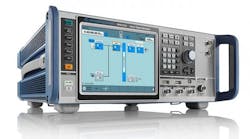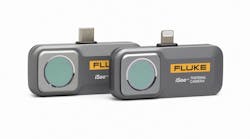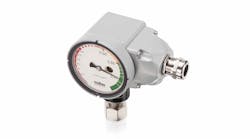Tactilus® Sensor System Ensures Optimal Heat Sink Efficiency
Sept. 2, 2010
Related To:
The new Tactilus® heat-sink analysis system by Sensor Products Inc. enables engineers to quickly and precisely test and correct the surface contact and pressure distribution between the heat sink and its source. Even a slight warping of the heat exchange structure or reduction in surface contact area can have a profound effect on cooling efficacy. If the pressure distribution is not uniform, heat conduction will be low, and the electronics may overheat.With Tactilus®, engineers can visualize actual contact forces and pressure distribution data on the circuit board components. As the mounting screws between the CPU and the heat sink are torqued, Tactilus® maps and measures the changing pressure distribution between the mating surfaces and displays it through its software. The heat sink interface can be tested, manipulated, and repositioned in real-time, speeding the trial and error process and eliminating the need for additional assembly. Tactilus® also provides the pressure data needed for FEA simulation predictions.Unlike conventional transducers, the Tactilus® sensor is flexible and only 0.015-in. thick (0.38 mm), allowing it to be placed between the CPU and heat sink without affecting the assembly. The sensor pad has 625 resistive sensing points arrayed on a 25 × 25 grid. The total sensing area is 2 in. × 2 in. The scan speed is up to 1,000 Hertz, and the operating pressure range is 0 to 100 psi (0 to 7 kg/cm2).Tactilus® collects and processes sensor data using powerful, easy-to-use, Windows®-based software that performs the following tasks:• Creates pressure vs. time graphs and histograms;• Performs 2D, 3D and 360 degree image rendering and region of interest scaling;• Displays maximum, minimum, and average pressures and does force integrations; and• Prepares reports through export to Excel, ASCII, or Access formats.The Tactilus® sensor system will endure hundreds of diagnostic uses on different heat sinks with consistent repeatability. It is highly resistant to electromagnetic noise, temperature, and humidity fluctuations. Accuracy is ± 10%; repeatability is ± 2%; hysteresis is ± 5%; and non-linearity is ± 1.5%.

